Life under the draft
On Jan 3 Trump ordered the murder of Iranian general Qasem Soleimani and tension continues to rise between the two countries, leaving young 18-year-olds to wonder whether the draft could happen again.
The draft has been used plenty of times in US history, most recently the Vietnam war. Many baby boomers distinctly remember friends and family being sent off to war and returning physically and mentally scarred – r worse, not coming back at all. Life under the draft, depending on who you are, can be harrowing, or no big deal. It all depends on what family you’re from. Others hardly knew a person drafted. Overwhelmingly black, southern, rural, and/or poor Americans were sent to Vietnam, thanks to a lack of educational or medical deferments. The way to get out of the draft was to attend college or to prove a medical issue. Men from higher-income backgrounds who could afford college wouldn’t have to go to war. If the US uses deferments the same next time around, the same thing could happen.
Bob Johnson, a Navy plane mechanic stationed in Florida during Vietnam, talked about his drafted friends, “Yes, a lot of my high school friends were drafted. In fact, four of my friends died in Vietnam. That’s a big number considering I come from a very small town.”
Johnson was never drafted – but only because he enlisted first. “I knew I wasn’t going to college, so I had to strategize how to avoid combat, so I enlisted in the Navy. I was a mechanic, and I knew they needed airplane mechanics. Sure enough, I was moved to Florida where I worked on Navy planes. I never saw combat, never even left the States,” Johnson said.
Some men wouldn’t need to strategize, however. Richard McAniff, a senior in high school when Vietnam started, went to college and got a deferment. Despite being a Vietnam protester, he never knew anyone drafted\; everyone he knew either enlisted or went to college.
But despite not being affected much by the draft, McAniff still didn’t like it.
“I don’t think [the draft] was fair,” said McAniff, “I was lucky to be able to go to college, but it really affected kids who couldn’t,” McAniff said.
However, no amount of planning could save many men from the draft. Max Merritt is one of those men. Merrit is from a southern poor family, and couldn’t afford a college deferment. He was one of the first men drafted in 1967 and served in Da Nang.
Merritt came back from Vietnam traumatized, “It took me a long time to get back to normal. When my mother would come into my room to wake me up, I would scream and launch at her. It was what I was used to.”
College deferments were said to be used to “encourage education” in theory, but in practice, it just punished people like Merritt for being poor.
It’s hard to determine how a deferment system would work in 2020. Many have speculated the deferment system was put in place to keep the senators’ sons out of Vietnam. With university going from an expensive luxury to an expensive necessity, not nearly as many fresh 18-year-olds could be drafted now.
Currently, there is a panic among young people regarding the draft coming back. On January 3, so many people visited the Selective Service website that it crashed. But the draft won’t be reinstated – not unless something drastic happens. The draft is used during times of panic and confusion, and it wasn’t even reinstated after 9/11. Iran would have to commit a strike more intense than 9/11, or Trump would have to create a disaster scenario.
Either way, a draft in the US would mean more American lives lost. Here’s to hoping that there’s no war and no draft in 2020!

Stella McAniff is a sophomore at Aspen High School. This is her first year as a journalist for The Skier Scribbler. In her free time, she enjoys...







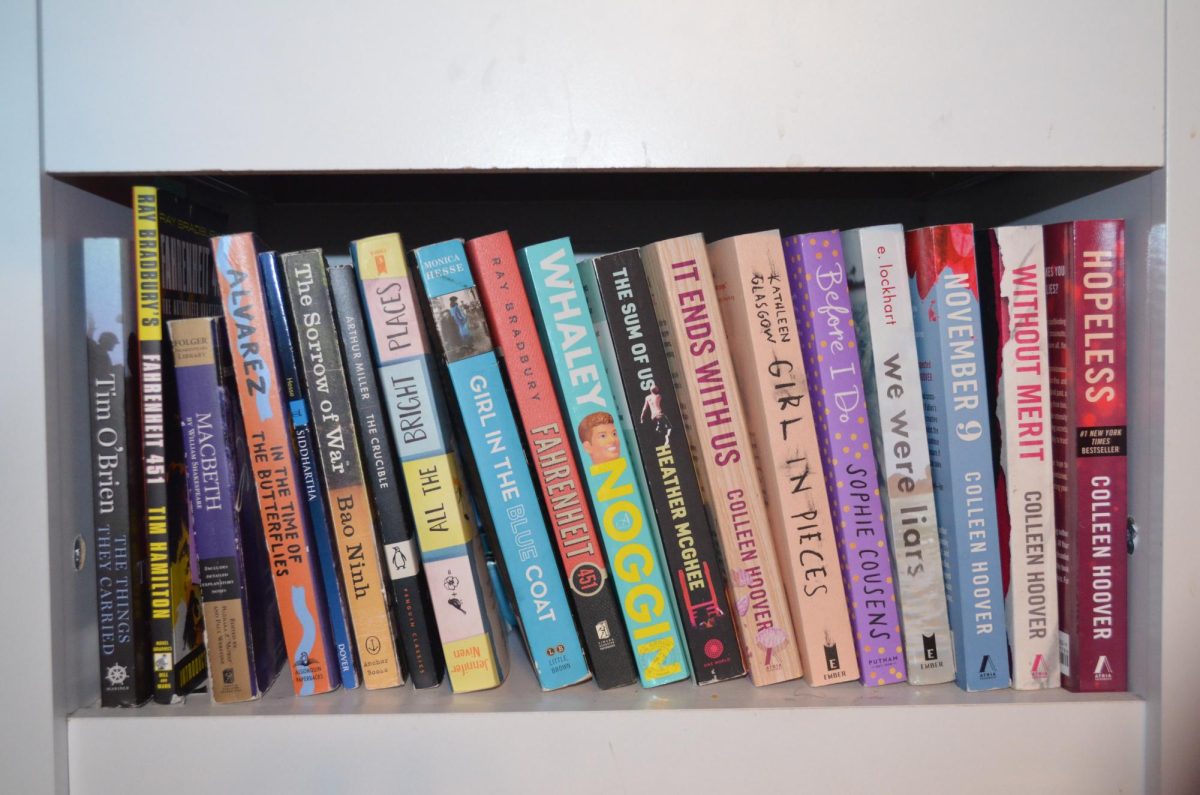


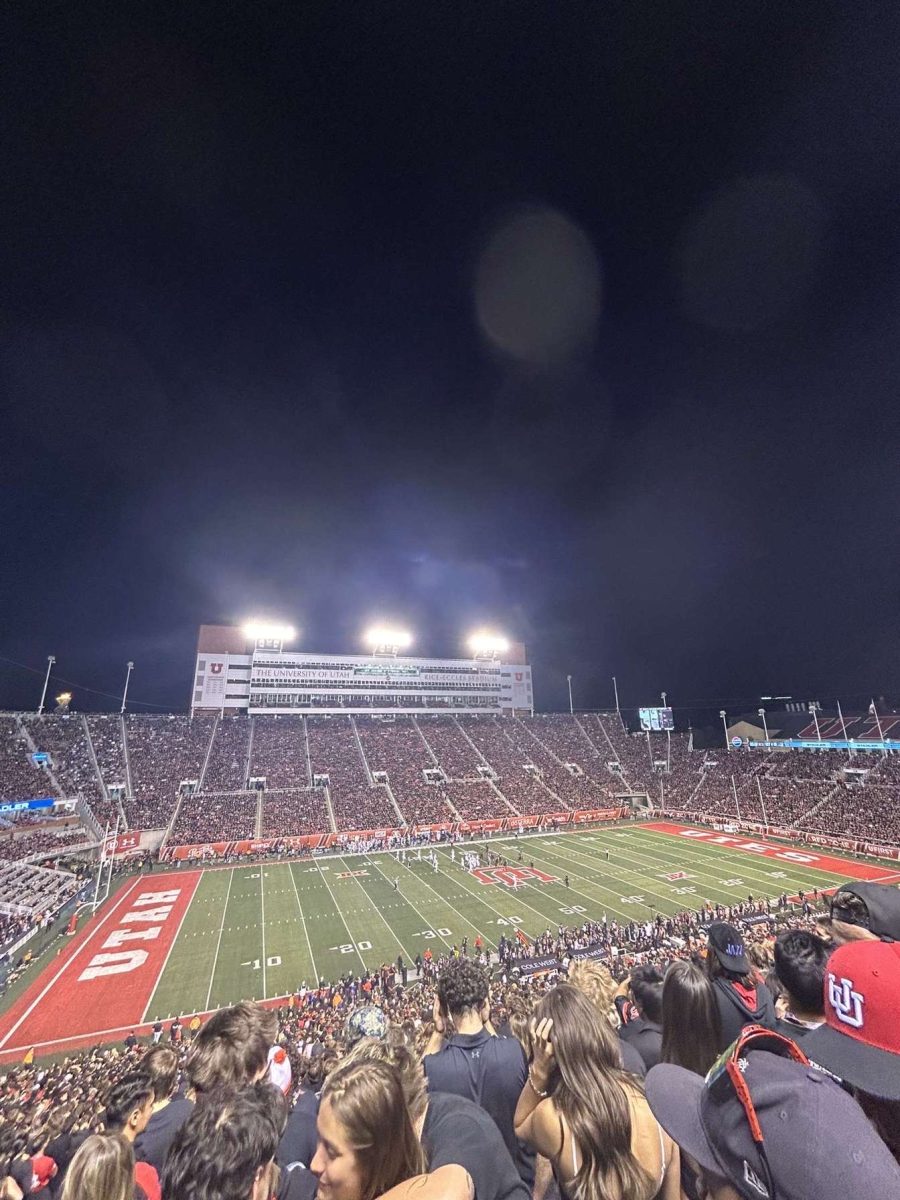
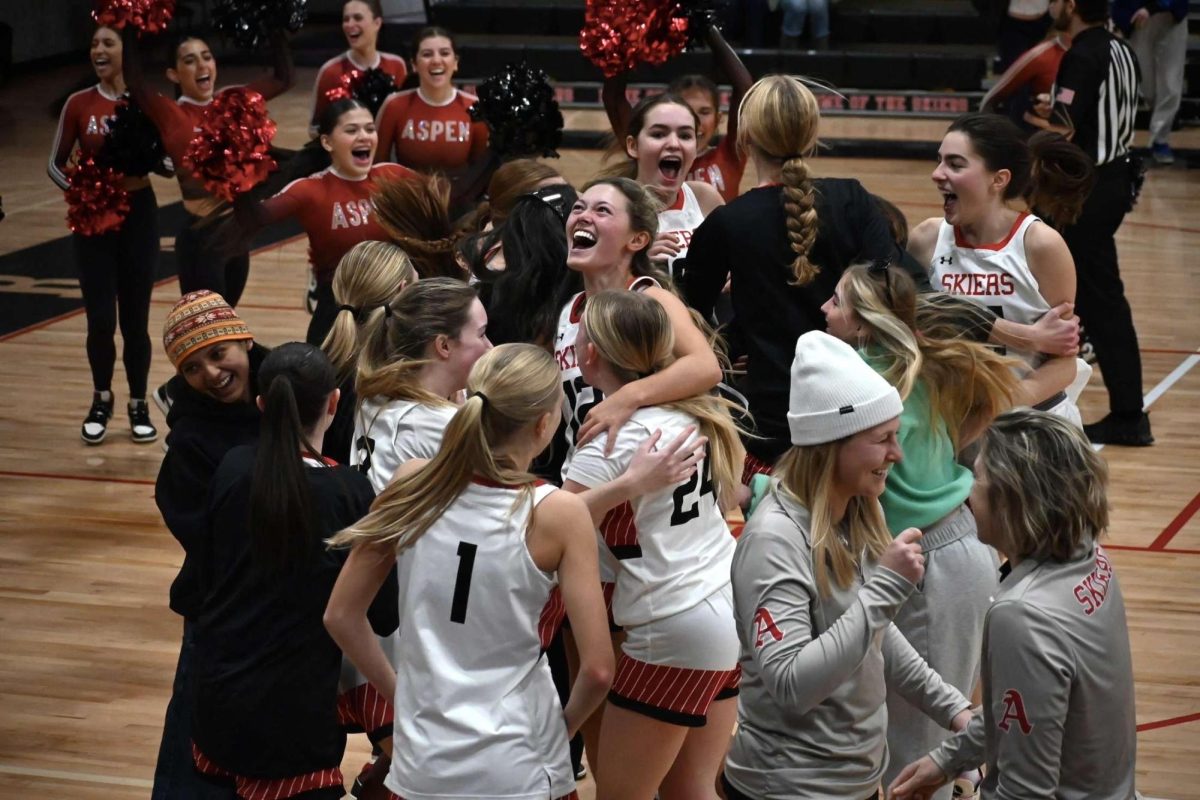

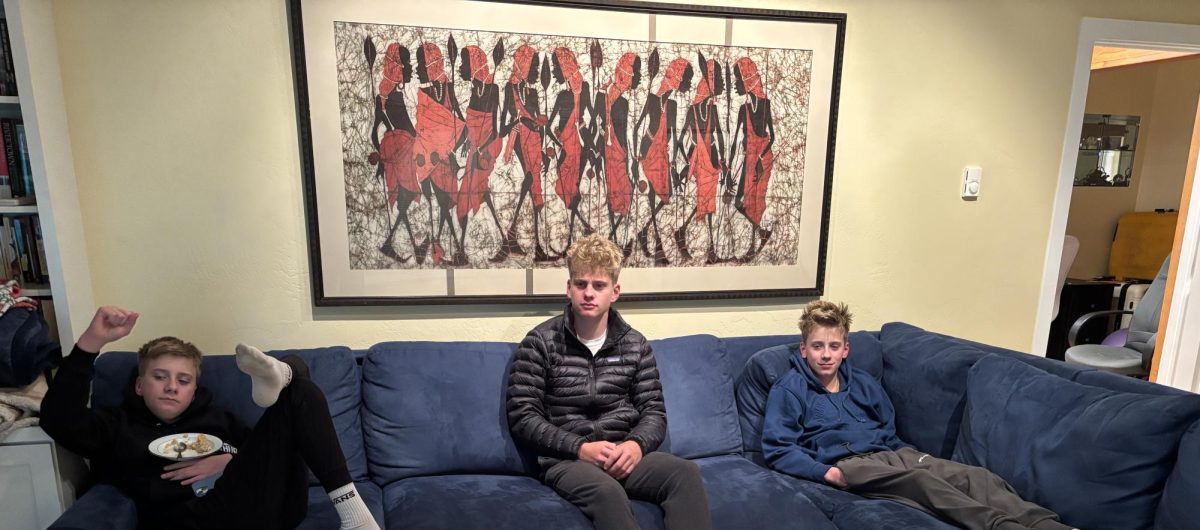
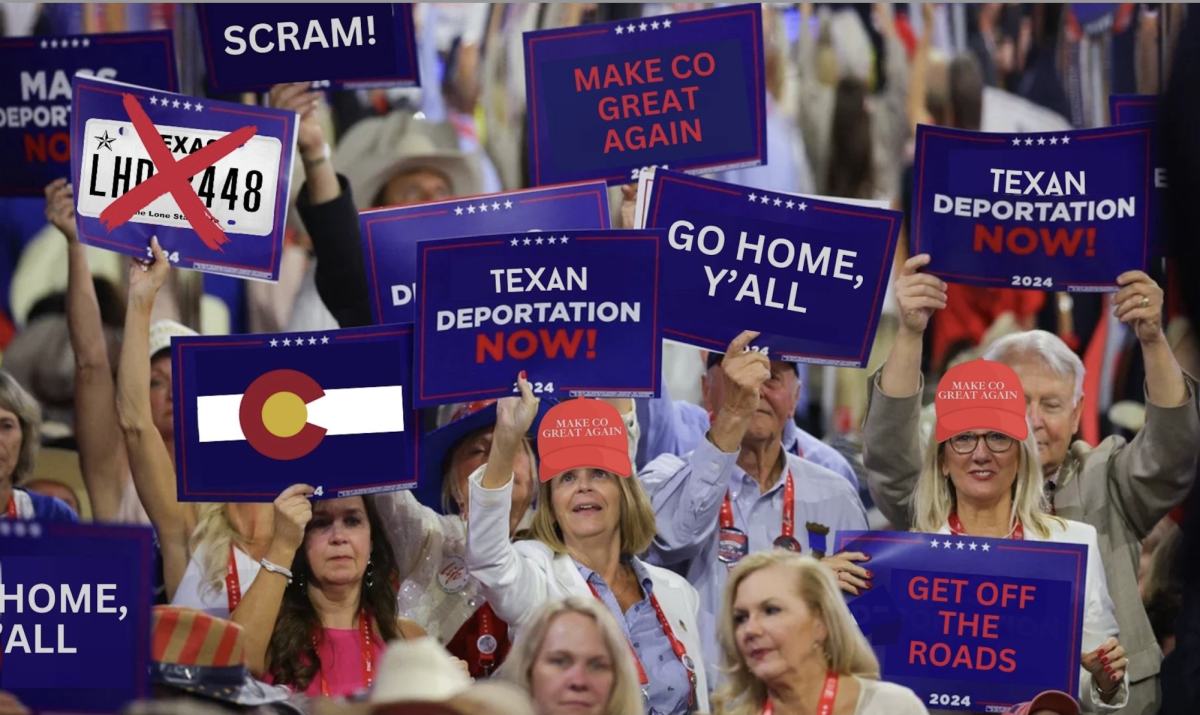


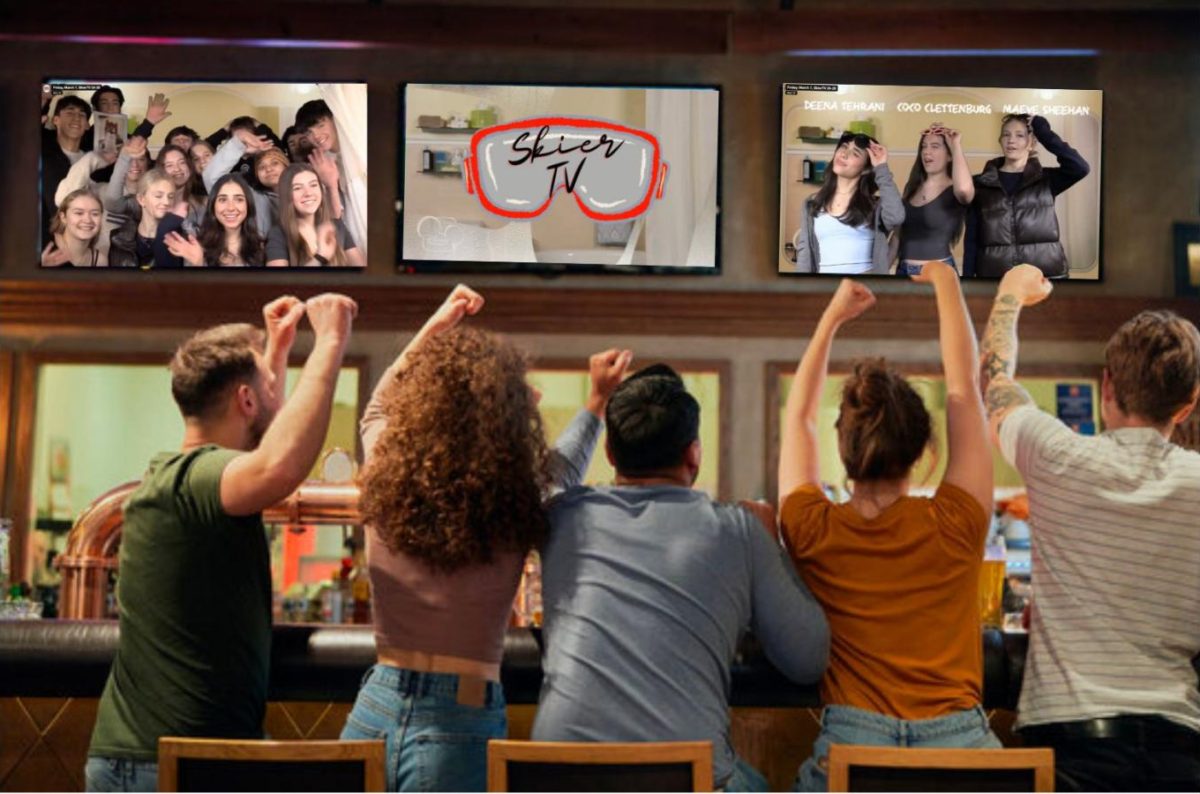

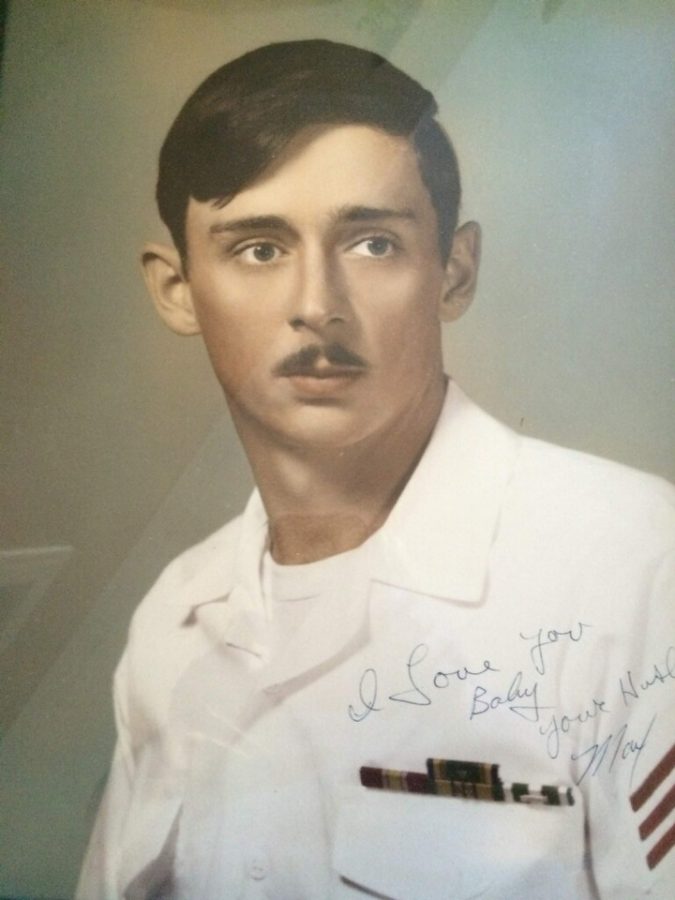



Marsha ~ Jul 4, 2022 at 7:27 pm
Being raised by a single mother with five siblings (poor) did not dampen Merritt’s ambition to get an education after his military service. He earned a Master’s Degree from the University of Alabama, married and raised three children of his own in a loving family. He remains a respected and a beloved husband, father, and brother.